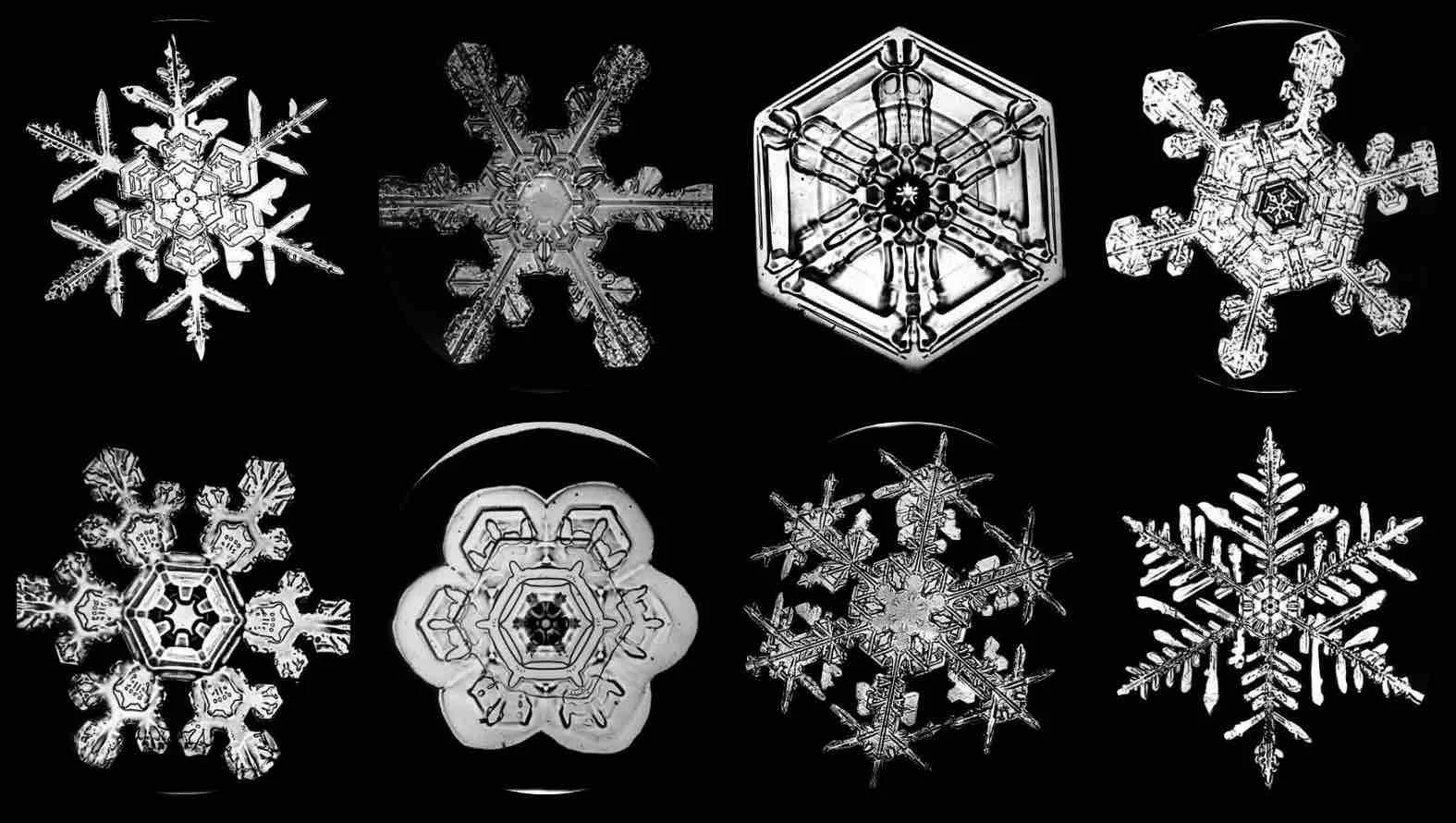The gateway to paradise
📸 by Wilson Alwyn Bentley, Snowflakes, 1931.
Paulo Coelho wrote, “The gateway to paradise lies in working with enthusiasm.” – The Pilgrimage, p. 269.
This was before he was a best-selling author.
This was before The Alchemist.
This was his first-ever book – one that may or may not be published.
I have a long history with this particular book that I wrote about on Goodreads but today I’ll stick to Paulo’s msg.
I have 2 thoughts:
1. The biggest obstacle in overcoming burnout is discovering who you are and what brings you enthusiasm. You only get burnout when you have denied your preferences for those of another, so the journey back to knowing yourself is long.
2. This is the secret to ALL successful brands, teams and businesses. How often have you heard in development sessions, “What’s working? Where’s momentum? What’s alive?”
We are ever-asking ourselves: Do I like this? If I don’t, what is it I don’t like about it?
This isn’t being picky or opinionated, it’s the earthly assignment - to know thyself.
We live in a world of matter and energy - and when we find harmony among particles, we find ease and beauty.
A snowflake under a microscope is perfect, why? Because it knows what it’s attracting and not attracting. It knows enthusiasm.
We are now aware that beauty, visual harmony, and good design have empirical effects on the nervous system. They literally dictate how we move through space. Why, because we are programmed for harmony, so when we aren’t in it, we experience chaos and confusion.
And harmony found in the form of curating one’s life comes from enthusiasm. When we are in harmony with our inner preferences and actively aligning our outer expressions to match, we find ________ [insert here the value you most desire]
Sexxy, beauty, ease, flow, money, love, safety.
✨ May you make choices today that follow your enthusiasm. And may you choose it again tomorrow.
_______________
Article FAQs generated by AI:
1. How does enthusiasm function as both a spiritual and practical tool for alignment?
Enthusiasm, in this context, acts as a bridge between spirit and strategy. Spiritually, it signals resonance – a felt sense that one’s energy is harmonizing with the environment or task at hand. Practically, enthusiasm becomes a compass for sustainable productivity and authentic creation. Paulo Coelho’s idea suggests that enthusiasm isn’t fleeting excitement; it’s a state of alignment that generates clarity, magnetism, and flow. When individuals and teams act from enthusiasm rather than obligation, their work becomes regenerative rather than depleting. This fuels both creative excellence and emotional well-being.
2. In what ways does the metaphor of the snowflake illuminate the relationship between self-knowledge and harmony?
The snowflake, perfectly symmetrical under the microscope, symbolizes natural integrity; each crystal forms according to its unique molecular pattern and environmental conditions. In the same way, self-knowledge allows us to crystallize into our true form rather than contorting to external expectations. When we “know what we’re attracting and not attracting,” we create the conditions for inner and outer harmony. The metaphor suggests that burnout and chaos arise when we attempt to be something other than our essential design. Harmony, then, is not a product of perfectionism, but of attunement and the courage to align our choices with our natural geometry.
3. What implications does this philosophy have for leadership and brand creation?
For leaders and brands, enthusiasm becomes both diagnostic and directional. It reveals where energy is alive: what ideas, collaborations, or products carry genuine vitality – and where it has stagnated. Teams that cultivate enthusiasm as a value inherently build coherence; they design systems and spaces that feel good to be in. Just as good design regulates the nervous system, good leadership regulates emotional and energetic flow. Brands built from this principle naturally attract aligned customers, collaborators, and opportunities because enthusiasm is contagious. It communicates integrity. In this sense, enthusiasm is not soft; it’s strategic harmony in motion.
4. Who was Wilson Alwyn Bentley, and what does his work on snowflakes teach us?
Wilson Alwyn Bentley (1865–1931), affectionately known as “Snowflake Bentley,” was a self-taught farmer from Vermont who became the first person in history to photograph a single snowflake. Using a microscope attached to a bellows camera, he captured more than 5,000 individual snow crystals, revealing to the world that no two are exactly alike.
Bentley’s work was not just scientific; it was devotional. He approached snowflakes with reverence, waiting for the perfect storm, collecting flakes on black velvet, and moving with extraordinary patience and precision. His work was a meditation on impermanence, uniqueness, and the divine geometry of nature.
In 1931, he published “Snow Crystals,” a collection of his photographs that transformed public perception of snow from something mundane to something miraculous. His images became metaphors for individuality, harmony, and the sacred design embedded in the natural world.
